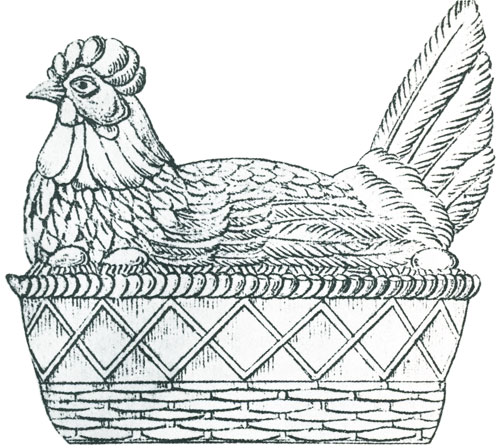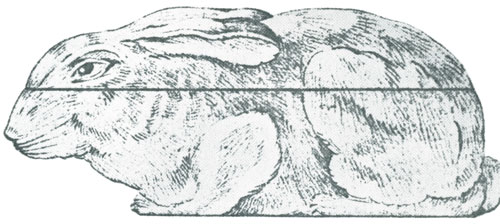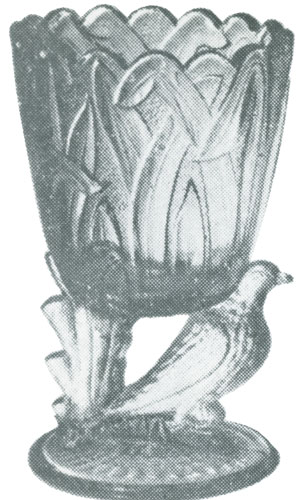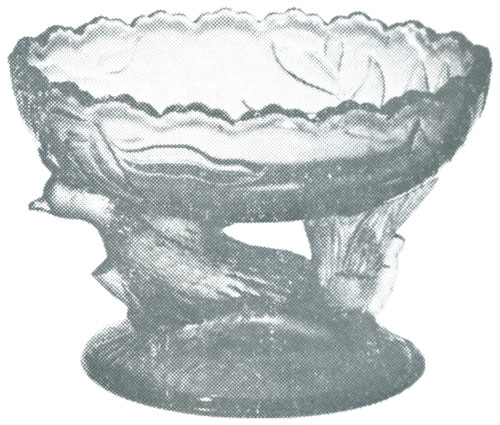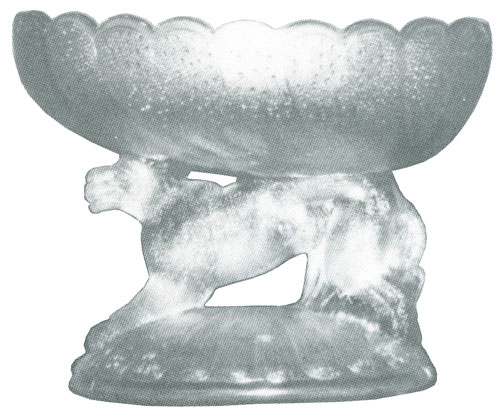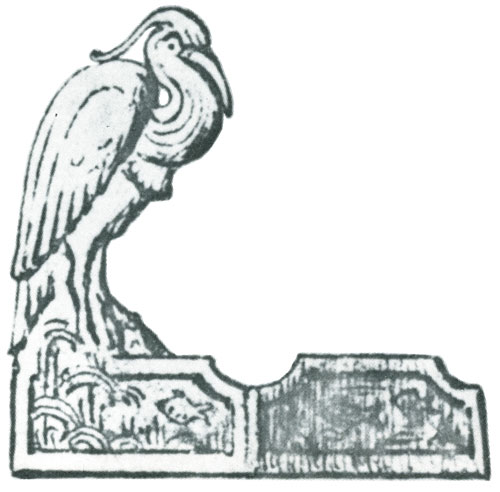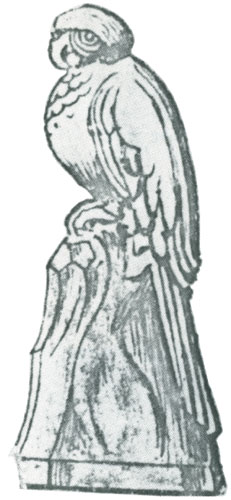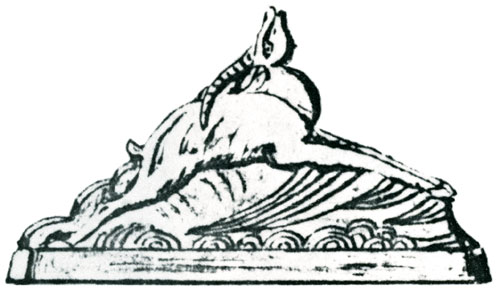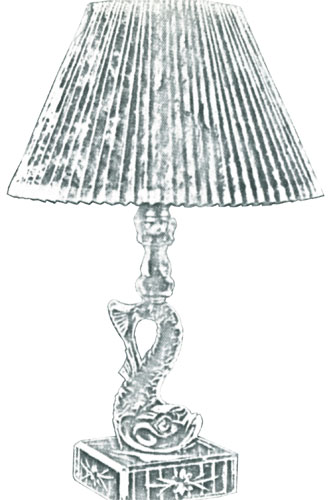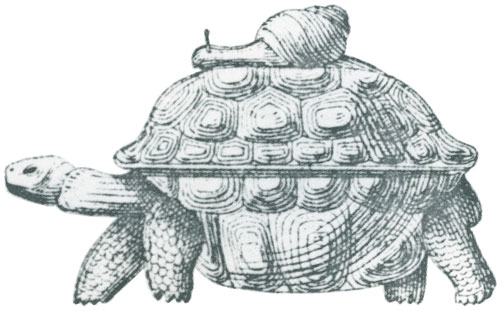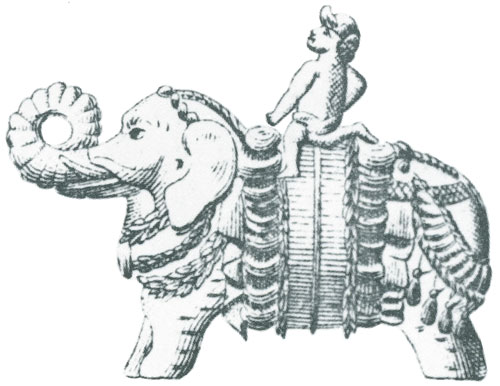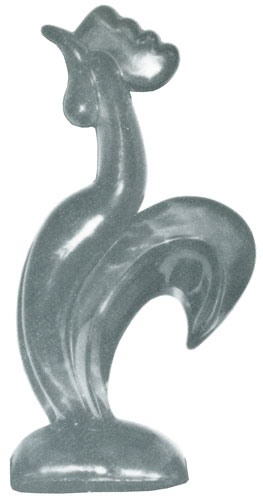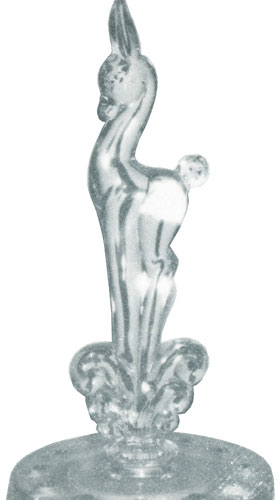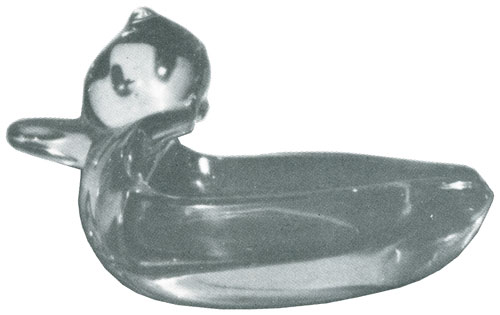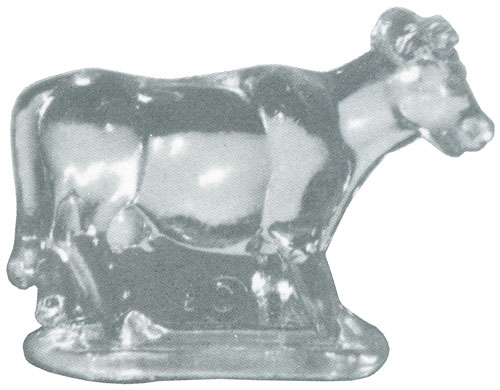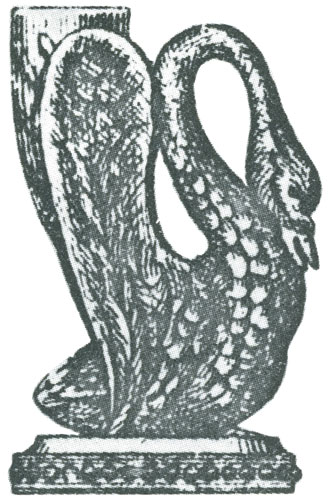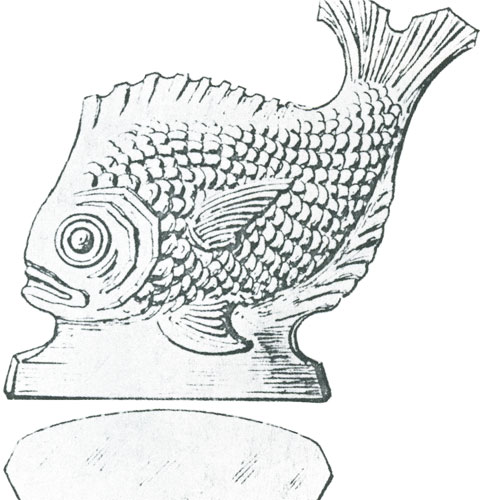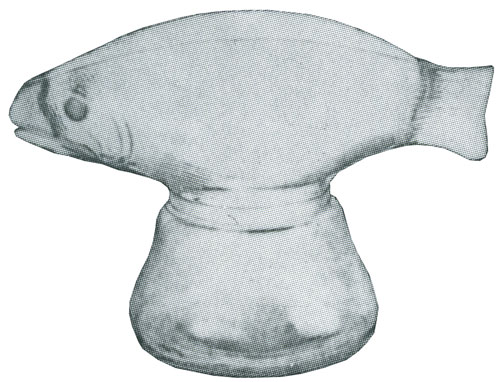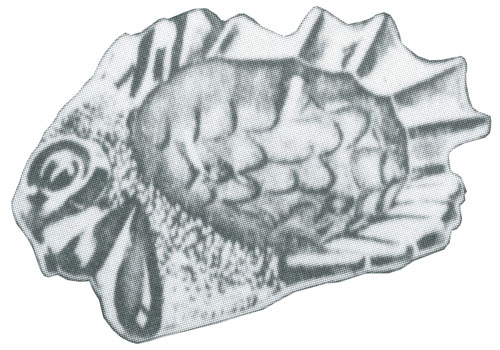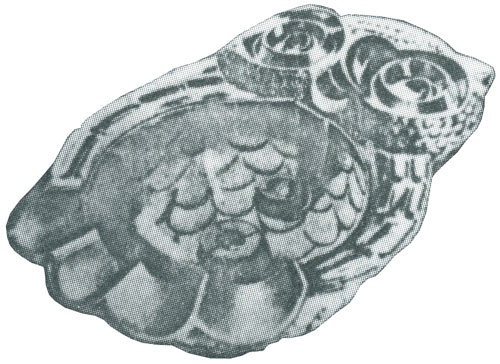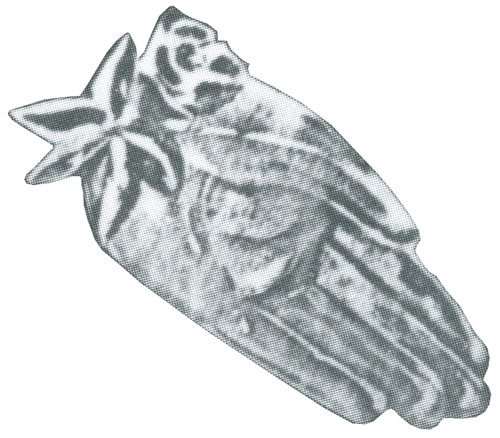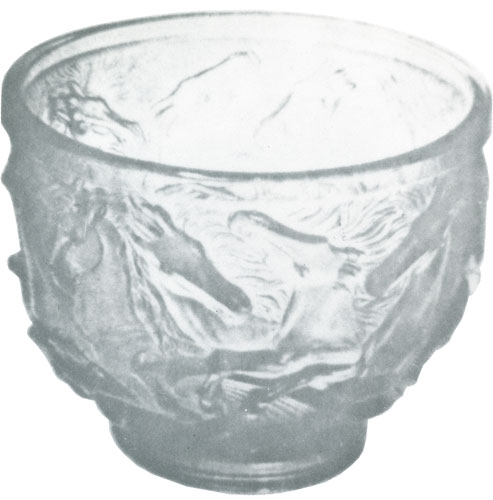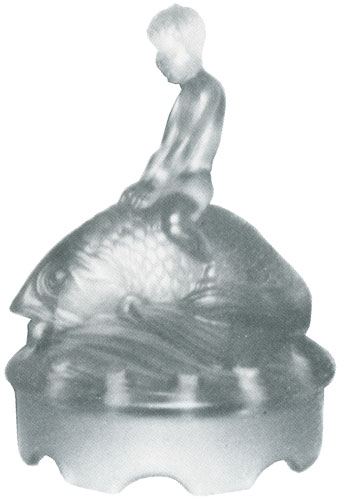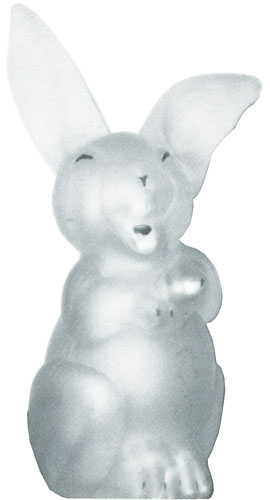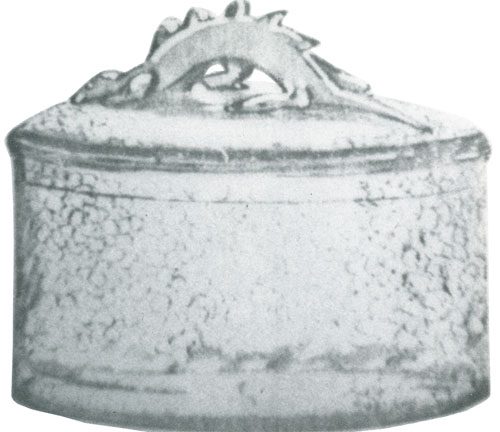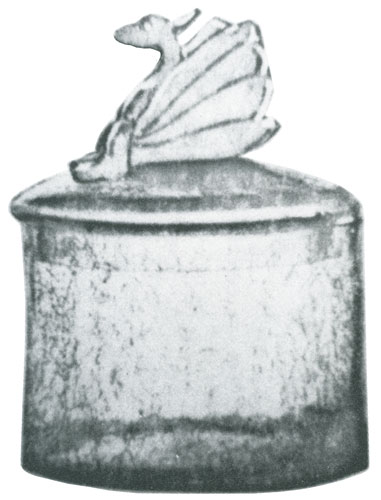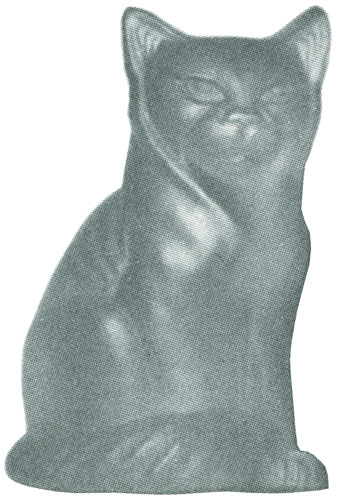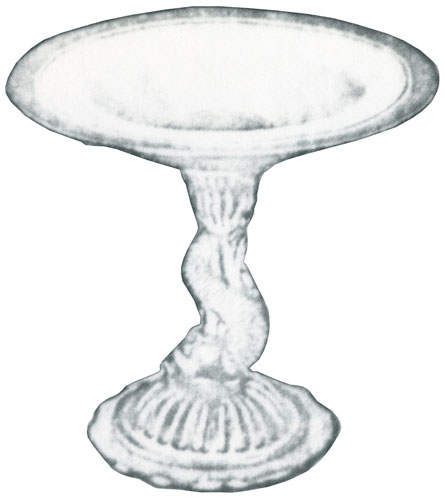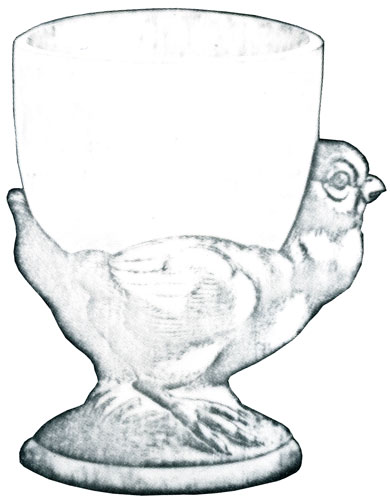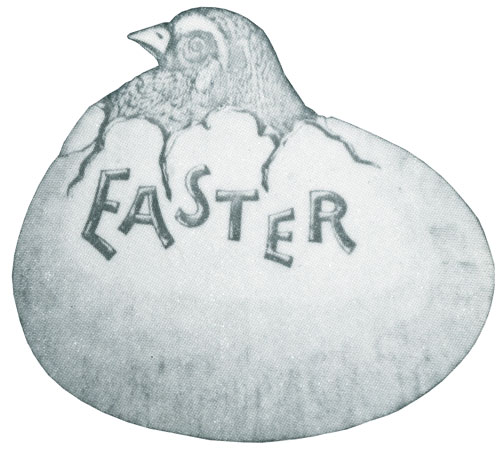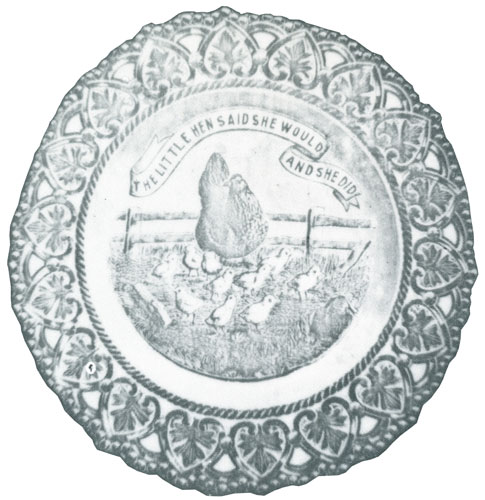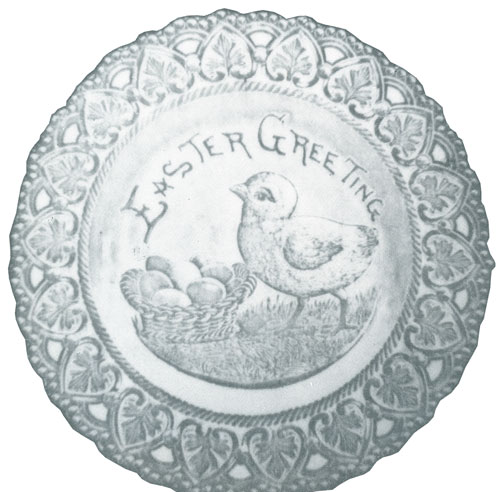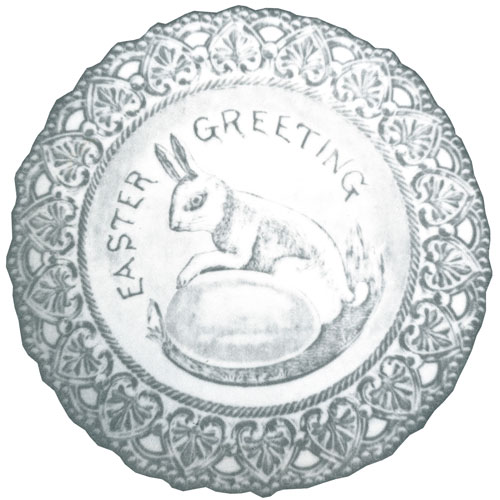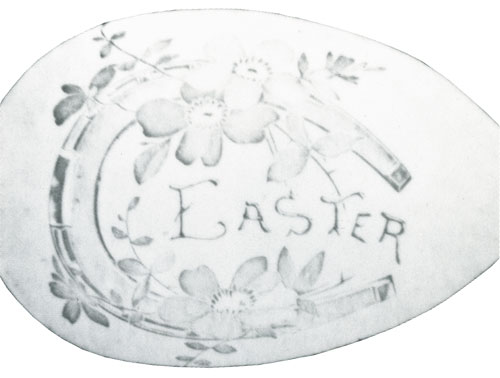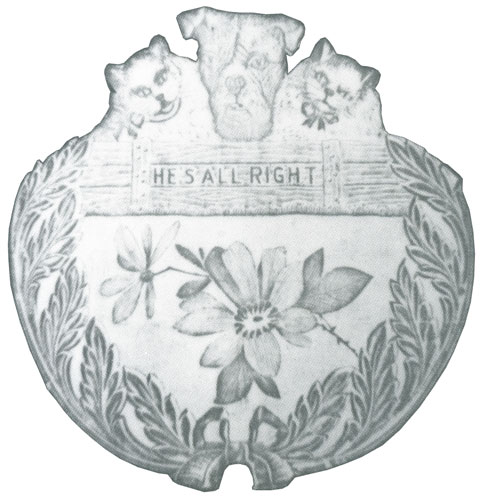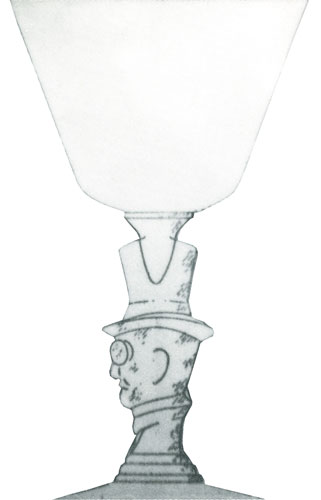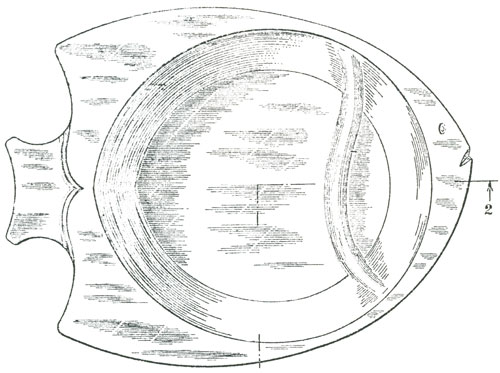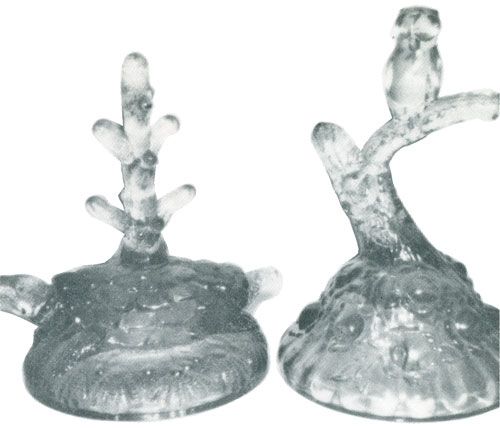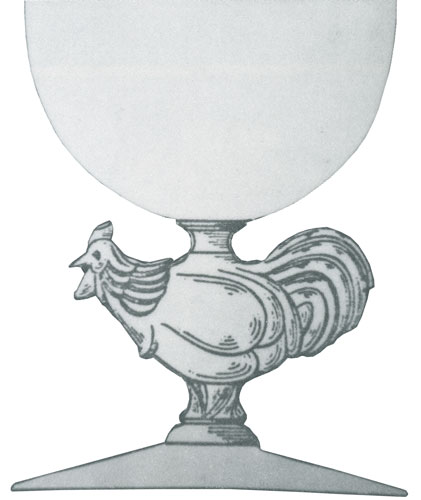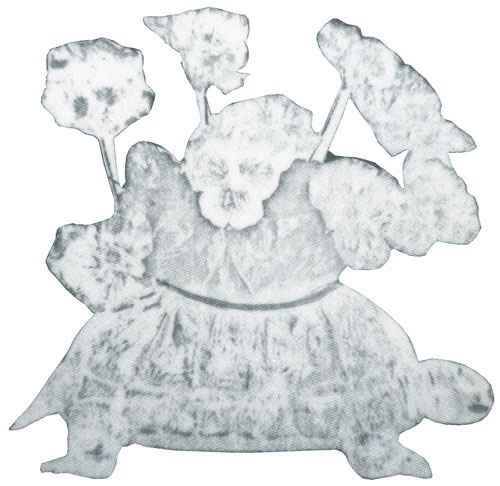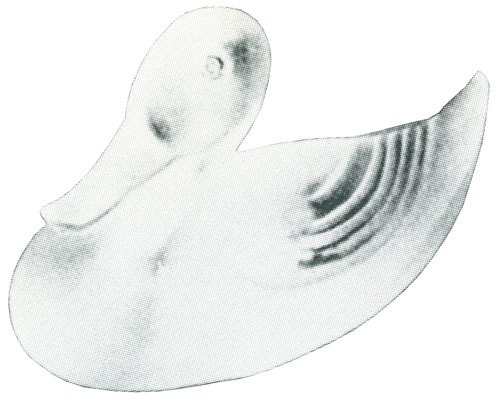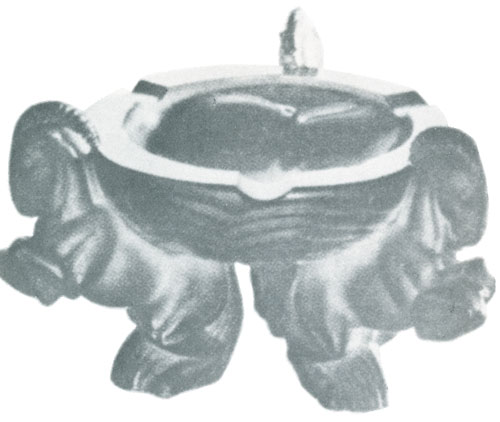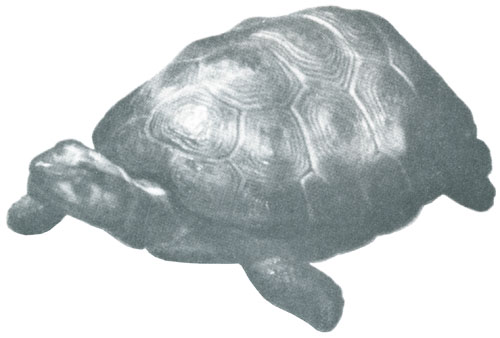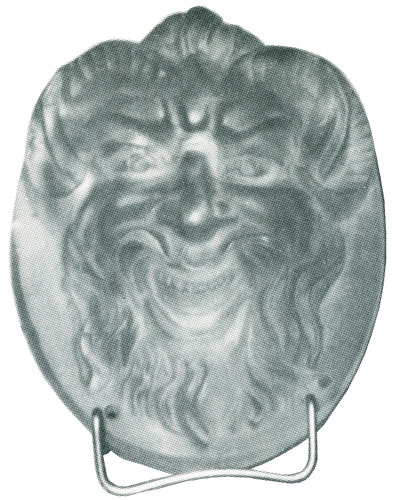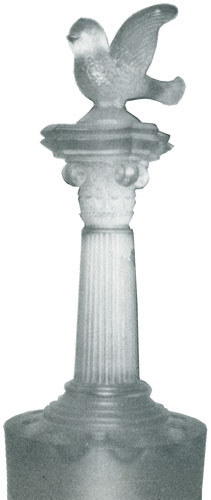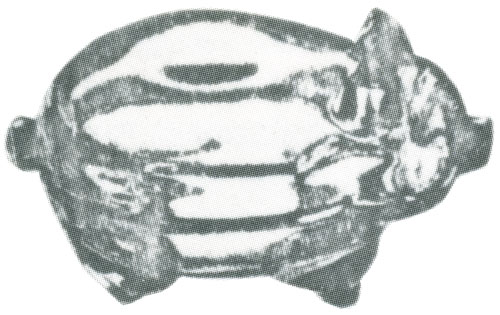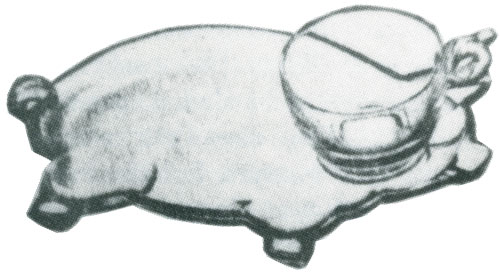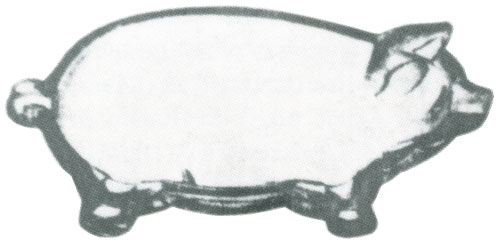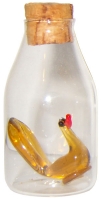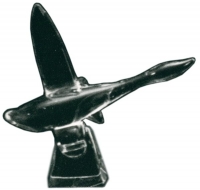|
In the early part of the 1900's, Bohemian glass industries had a world impact and influence on world trade, despite the small size of this little country. The mere simplicity, intricacy and skill of their glassworks proved beyond any doubt they had given birth to designs, serving as a groundwork for others to look at very carefully and ponder. It has been stated the evolution of figurines had their roots in Bohemia. Japan, Italy and Germany were fierce competitors, for these three countries also had attained a high level of perfection in the realm of figurines. The great variety of subjects and motifs which Bohemia glassmakers created was the one level of attainment which set them apart and in front of all other competition. The glass ashtrays with figurines were done by hand, which were made without the use of molds and by the uniqueness of the artists' mind. Their great imagination and inventive spirits allowed them in a few short years to manufacture thousands of figurines and motifs, each seemingly more charming than the last. Their designs vied with competing countries for they borrowed from every phase of life and nature for their creations. Animals, chimney sweeps, fisherman, Negro, kite flyer, all types of sports and always depicting their figures in smooth fluid motion. They used dancers and even drunkards, all phases of manual labor, such as glass blowers. They felt these creations and diversified scenes from nature and life were needed in order to show the dexterity of the glass workers. It also created a demand by buyers and attracted attention to the style and zeal of the artist. They proved to have an inexhaustible source of imagination and a delicate artistic touch which was so necessary in contributing to the success of their figurines. The masterpieces of the engravers were proven by combining human and animal form to the bottom of lovely crystal ashtrays. Of a man and jumping horse in the action of going over the hurdle, riding to the hunt, two cupids with tiny wings playing. A dog on guard or at full attention. These trays were formed in hexagon, oblong, square and oval shapes, with the engravers making full use of the complete bottom for his art. These were highly successful because they were attuned to the taste of the times. They had managed to present articles unrelated and not representing what the competition was producing and designing. When the market had absorbed that which had been so successful, new ideas and designs were needed, and so the glassmakers began to turn to other countries for new ideas and designs. They used their talent to use historical events, national monuments, political meetings, customs and theaters. For the British market, they manufactured figurines in the middle age costumes, the Royal Guard, parades of coronations. Next they added souvenir items, such as aerial navigation. They were masters at creating an amazing object of art from the most simple event of everyday life. For the Czech engraved, crystal boxes were objects which allowed his imagination and talent to run rampant, and to display magnificent etchings from his mind into a treasured piece of glass.
The following short history on some of the glassworks in Czech., have been acquired from older Czech., Glass Review trade journals, portions from the actual glassworks where they could provide it. References are from the trade journals of the 30's, 40's and 50's.
JABLONEC. Jablonec is situated in the Northern part of Bohemia. The success and appeal for the glass of this area is due to the beauty and artistic imagination of the artists. In 1956, a market report on glass in the Czech. Review stated, you may believe when it is confirmed, no other glass supplier in the world has a similar extensive assortment. The Pegasus Ashtray and Turtle was from this area, with the trade name of JADE, and soared to popularity beyond their dreams. Jablonec is especially noted for their religious figurines of the Madonna together with the head of Jesus and Mary. The Jablonec line is sold in the United States under the name of BAROLOC. (Ref: Czech. Glass Review of 1948)
VAL SAINT LAMBERT. In 1195, a group of disciples of Saint Bernard settled in a small valley 12 kilometers from Liege. The site was known then as the Field of the Moors or Plain of the Moors. The Bishop of Liege in 1202, granted the Monks 460 acres of fields and woods. It was here they built a Cistercian Abbey, giving it the name of Val Saint Lambert, in memory of the founders of Liege. There followed six centuries of prosperity, pillaging and destruction at the Abbey. In the 18th century it was confiscated as National property with the annexation of Austrian Low-Countries to France, which in turn brought about rebuilding in the style of Louis XIV by the well-known architect, Etienne Fayn. At this time, the last monks dispersed and today the wonderful old buildings are still occupied by the Cristalleries. The former Abbey was purchased by two French master glassmakers in 1825. They were Messrs. Kemlin and Lelievre who had worked at the glassworks Voneche, directed by Monsier D'Artiques. Voneche had been set up in 1776 by a group of Belgian glassmakers with Monsier D'Artiques as director, and progressed well under his direction and the efforts of Kemlin and Lelievre. It was located in a village in the wooded area of Namur Ardennes. The treaty of Vienna in 1815 reunited the Belgian provinces with the Low-Countries and because Voneche was separated from its traditional market, could not survive. Thus, in 1822, D'Artiques, also a former director of the Cristallerie Saint-Louis, bought the Verrerie Sainte-Ann in Lorraine which became the Cristalleries de Baccarat.
In 1825, Messrs. Kemlin and Lelievre acquired the abandoned Abby of Val Saint Lambert believing they could draw on the plentiful supply of skilled glassmakers in the Liege area, having already explored the coal supplies in the area, proved their confidence in themselves as Val Saint Lambert prospered under their direction. In 1869, Val Saint Lambert merged with the Cristallerie de Zande, which had been making crystal since 1760.
Val Saint Lambert maintains training programs for glassmaking, designing, cutting and engraving. The elderly craftsmen of the factory are in charge of the training programs, an average of 10 years training is deemed necessary to acquire the high standard of skill in the art, and the average age of the glassmaker is 27.
{2008: Val Saint Lambert are of course in Belgium and not Bohemia!}
ZELEZNEY BROD. The start of the last century saw an upward surge of the glass industry with the many, many small glassmakers making a large impact in the art of glassmaking. Nearby Jablonec, was a ready and willing market for the many independent and talented glassmakers. Their articles which they presented to Jablonec, was shipped all over the world under the name of Jablonec. Because the many small glassmakers of the area went unrecognized for their creations and wares, Zelezney Brod remained almost unknown. The businessmen of Jablonec were German, while the Zelezney Brod residents were Czech. It was to be much later before their region became known and establishing a glassworks of its very own. Not until after World War I in 1920, did Zelezney Brod glass come into its own. A school for glassmaking was founded in 1920 which further rooted their place in the industry. The specialty of Zelezney Brod began with figurines. Professor Jaroslav Brychta was not only the director of Zelezney Brod, but was an outstanding sculptor. He began manufacturing simple figurines in drawn or stretched glass, to turn later to other techniques and succeeding in creating perfect figures in magnificent colors, always expressing these figurines in movement. His style was much in demand prior to World War II. When the second war was over, the little companies decided to join together because money was in short supply and they found they could work and succeed together as a unit better than individually. Thus, in 1948, a great national regional company was formed and named, Glass of Zelezney Brod National Enterprises. (Ref: Trade Review of Czech.)
LIBOCHOVICE. This company was formed around 1911 in the Northern part of Bohemia and was known as the Crystal Glass and Syphon Bottle Factory, Feigl & Moravek, Ltd. After World War II and the occupation in 1946, their liberation allowed this glassworks to reestablish itself. They began to specialize in pressed glass and figurines of classical forms. It was for the classical form and style they became well-known for. The clarity and beauty of the pieces defied all competition in the European market. Their forms and techniques were so varied, complete listing would be impossible. In 1946 they were nationalized and included in the United Czech. Glassworks. Today, Libochovice is a part of the Sklo-union National Enterprises, their mainware being household and decorative pieces. This company, without a doubt, has contributed some of the most beautiful figurines ever presented to the world. The molds of the Libochovice figurines shown in this book were produced from 1937-1939, again from 1945-1947. The molds became worn-out and were discarded. Sincere and grateful appreciation to Ing. Medek of Libochovice for permission to use this material and for the old catalogs furnished for this purpose.
OTOVICE. When the control of Europe was still under the yoke of the Habsbourgs, and the time of the Industrial Revolution, the glassworks of Otovice was begun in an area called, The Land of Gold. The Industrial Revolution applied to the profound economic industrial systems. The brief history of this fine old glassworks began in 1802 when a gentleman by the name of Dobson erected three buildings; one used as the glassworks, the second housed the workers and the third was an Inn. Because they were located atop a hill, it proved to be unsatisfactory and in 1820, was relocated near the Carleon mines in Otovice. The glassworks at this period of time made highly acclaimed clear glass and highly sought-after colored items. Today, some of the rare specimens of this period are in existence in some of the foreign museums. During this period, the glassworks changed hands, to become the property of a Dr. Moser, and later passed on to Ignace Keil of Prague. It then turned to the manufacture of beer bottles and largely pharmaceutical supplies. World War II and the occupation of Czech, interrupted the favorable success and production, but with liberation, the National Enterprise of Czech. Glass Works reunited, glass houses were reestablished and once more took up the old tradition of their predecessors with productions and know-how over 100 years old.
HERMANOVA HUT. At the time of World War II, Hermanova Hut had greatly improved the manner of manufacture due to the magnificant color, artistic execution, cutting and engraving of their wares. At this time they turned to exporting and the world began to enjoy their products in pressed glass, clear, colored and multi-toned. Hermanova Hut is recognized by the specialists of the glass industry for its multi-colored pieces. A brief note in one of the Czech. Review trade journals, stated it is sold under the name of Stolzle. (There is a German Glassworks also named Stolzle, but they do not manufacture or produce figurines.)
|










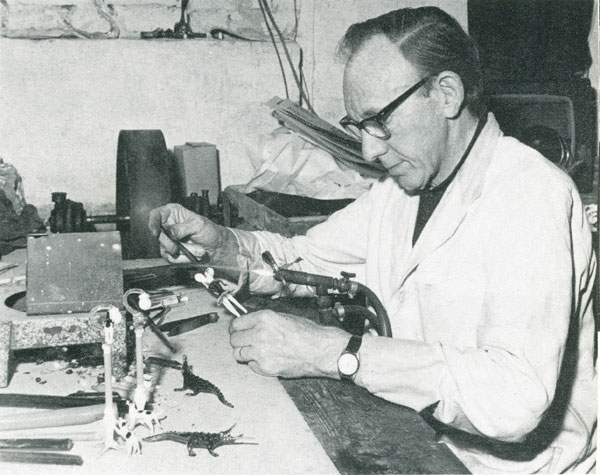
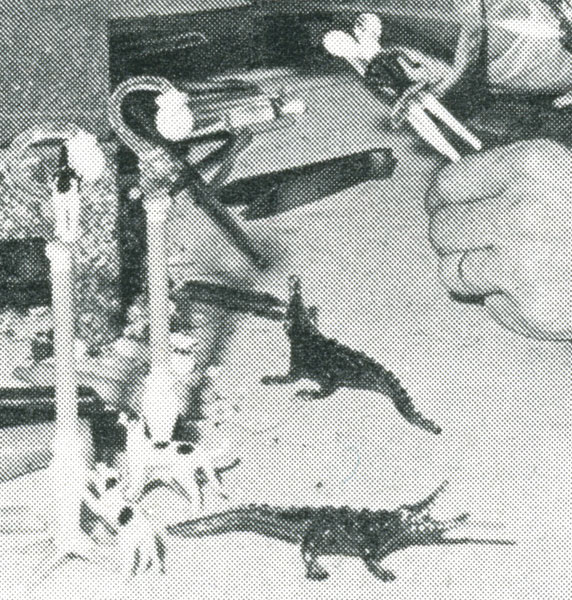

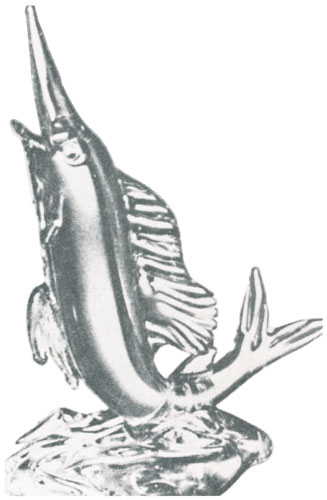
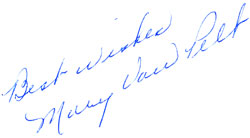


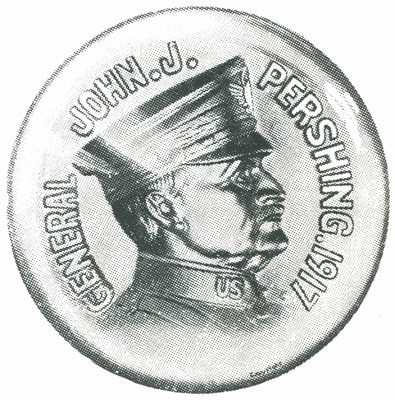

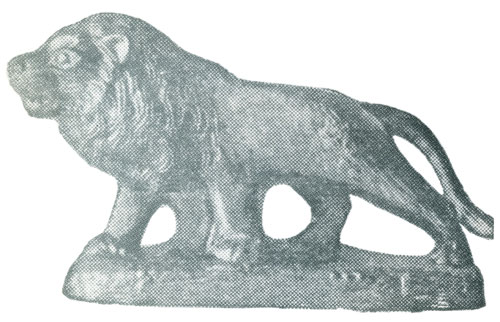




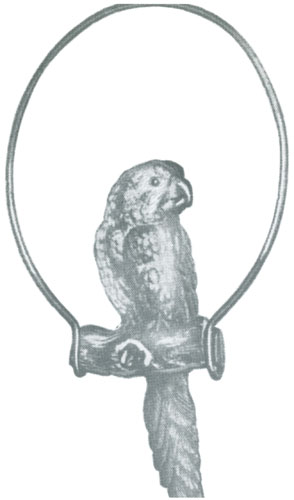

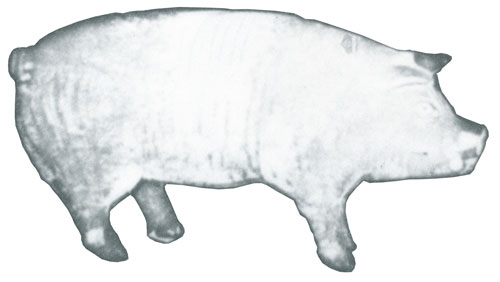
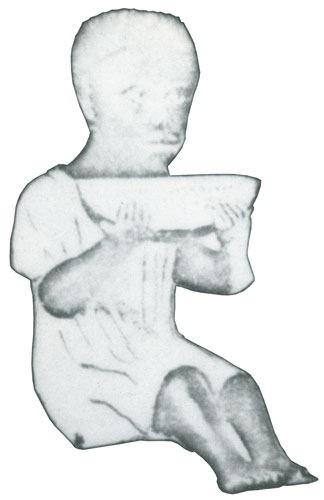
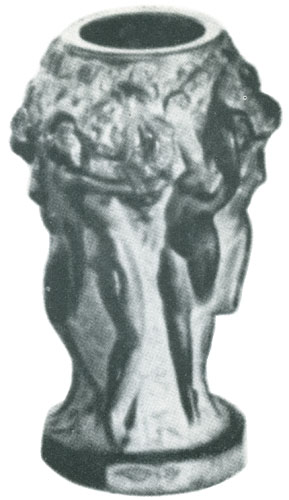


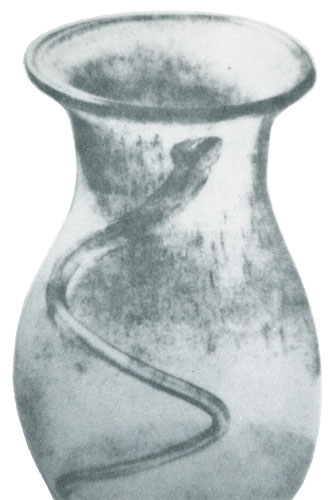
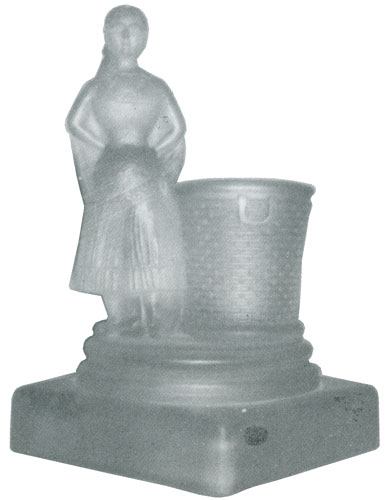
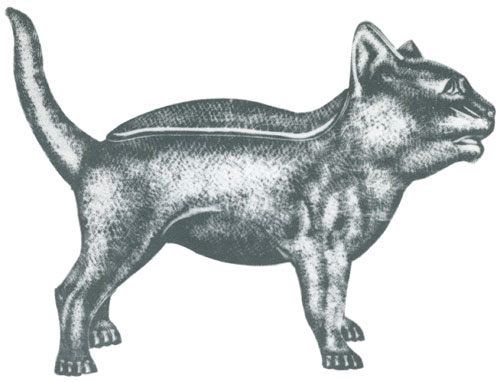
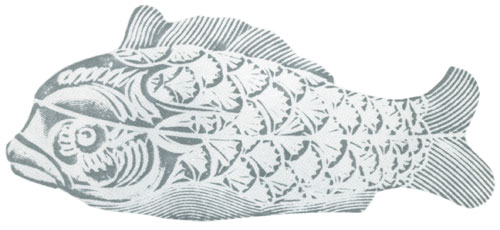
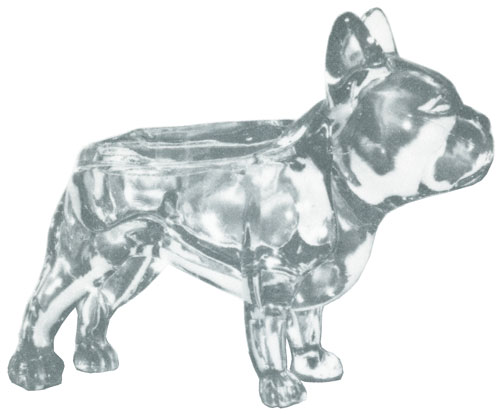
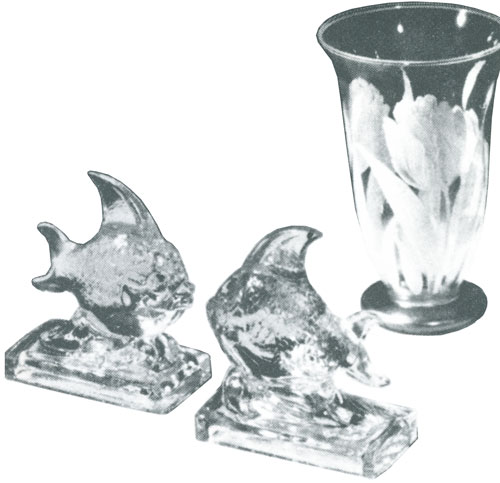
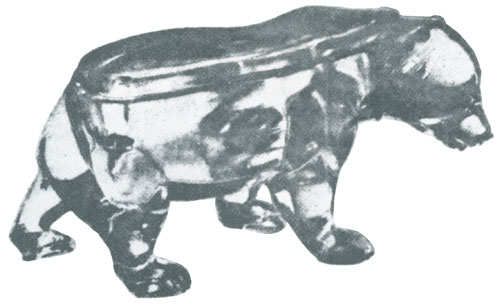
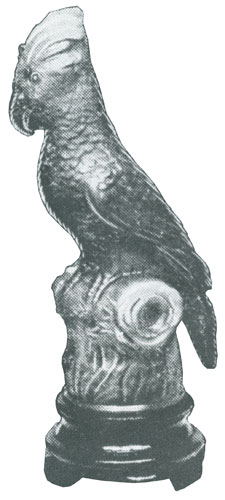
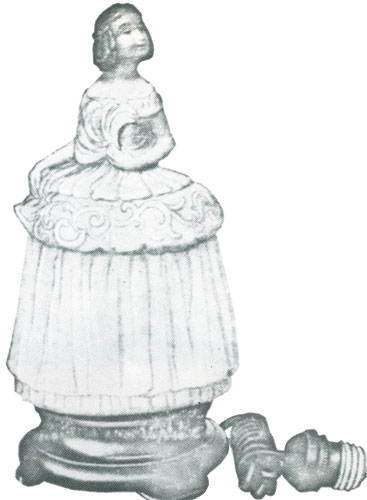
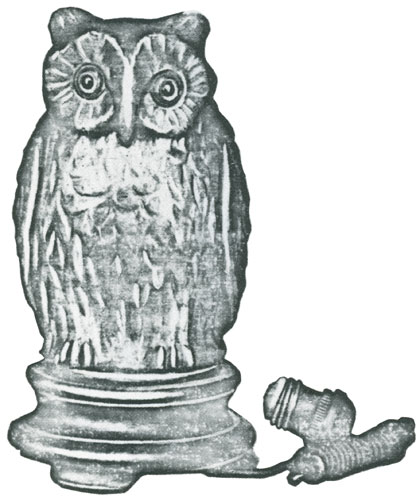

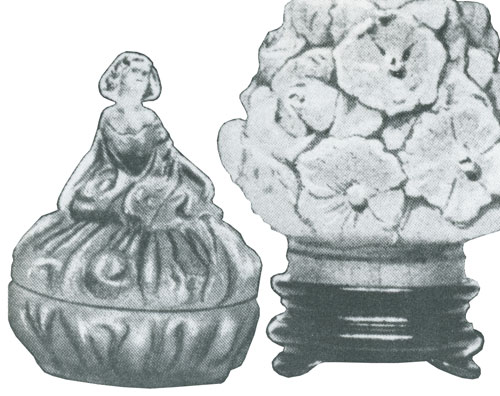
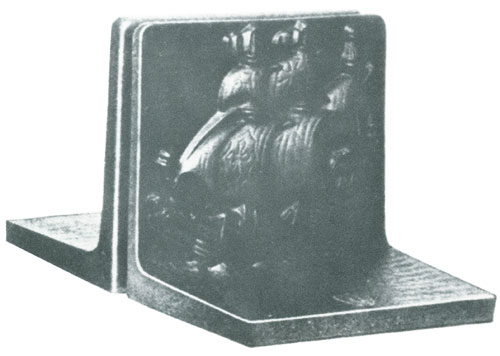

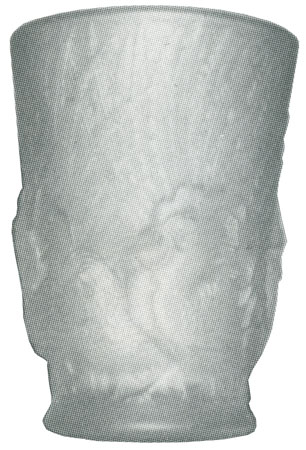


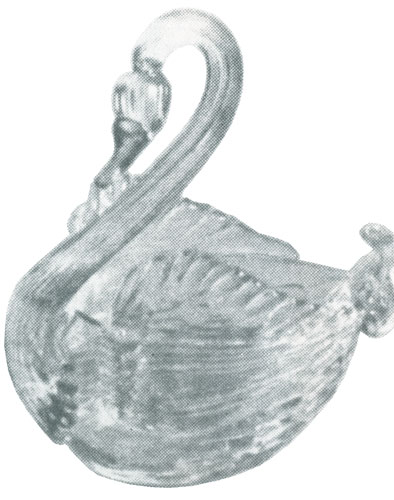
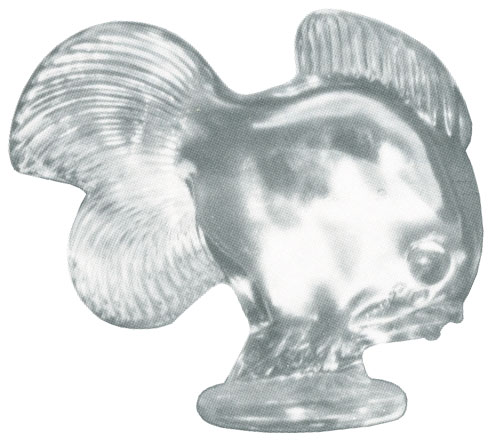
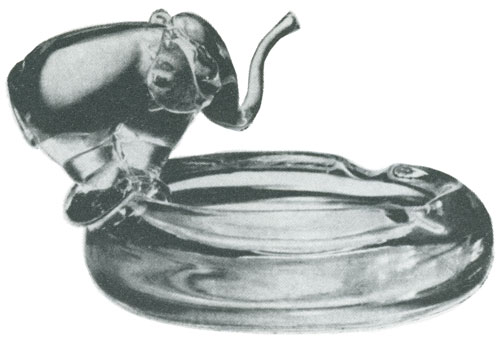
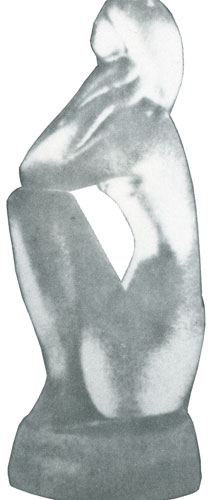
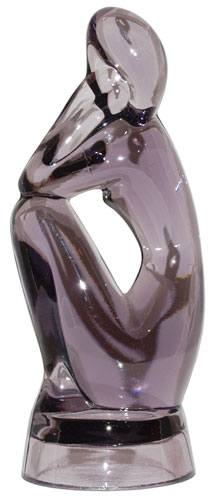






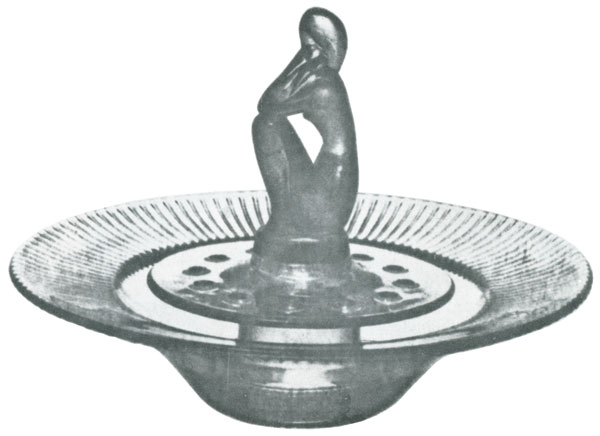
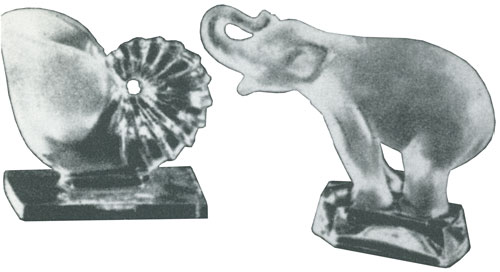
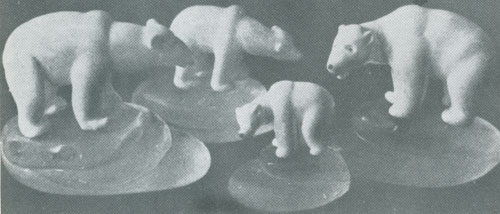



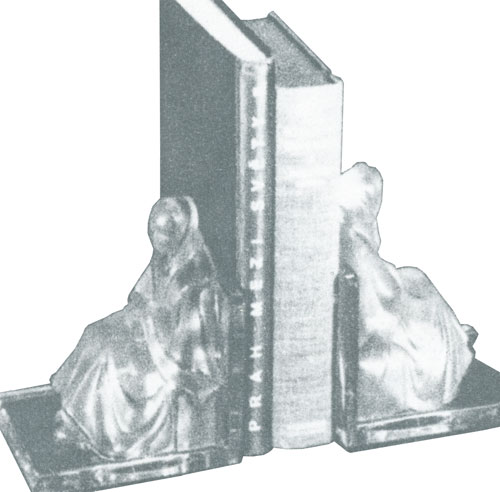


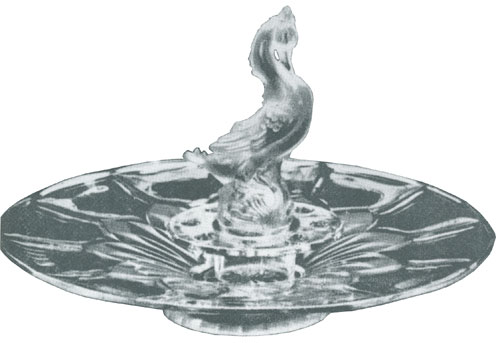

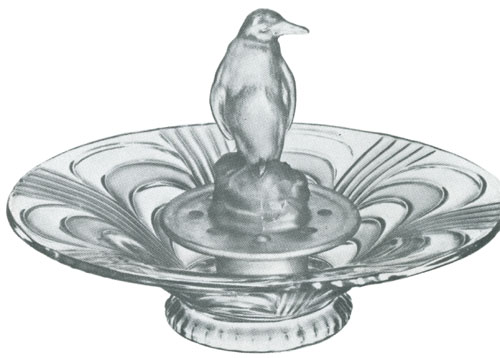

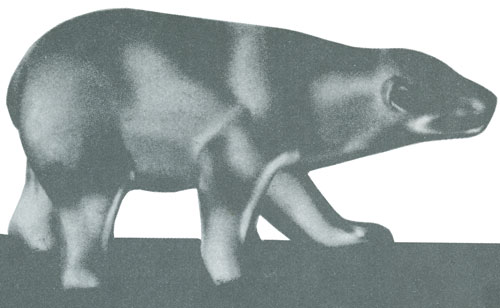
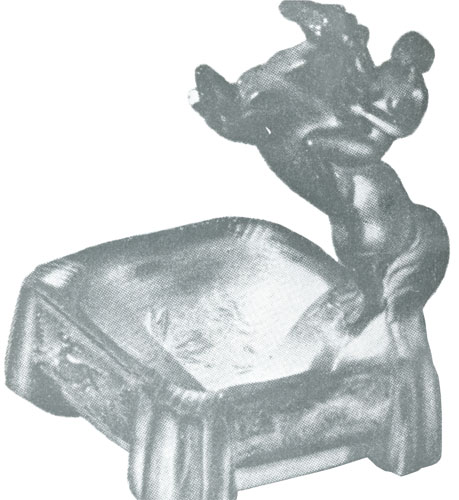
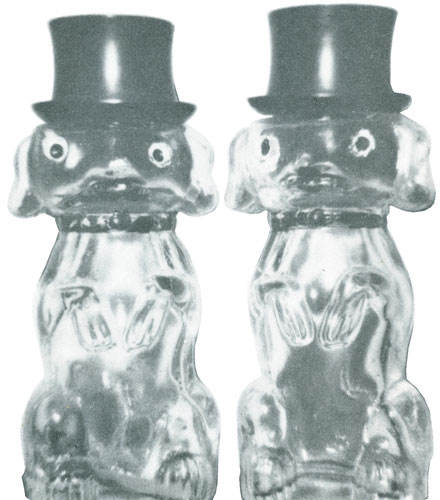

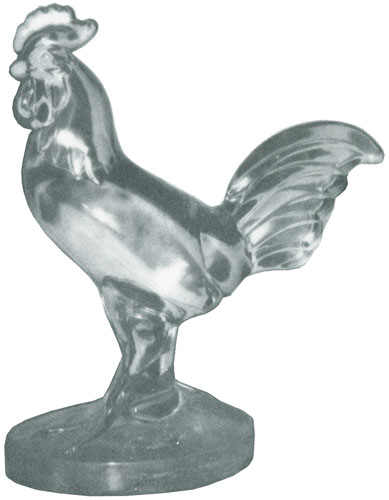
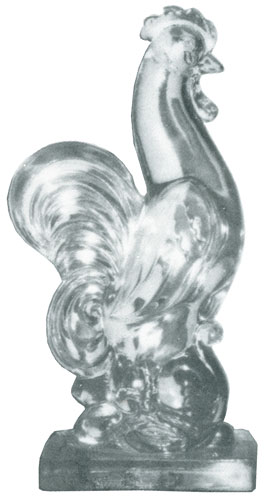
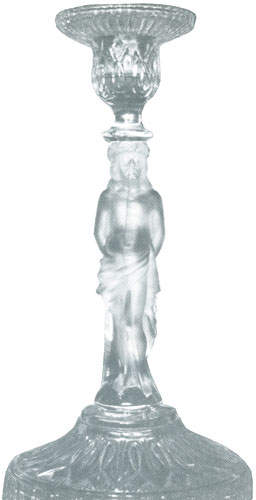
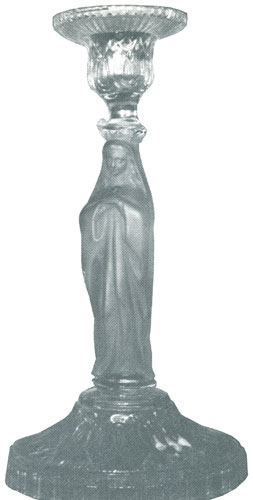

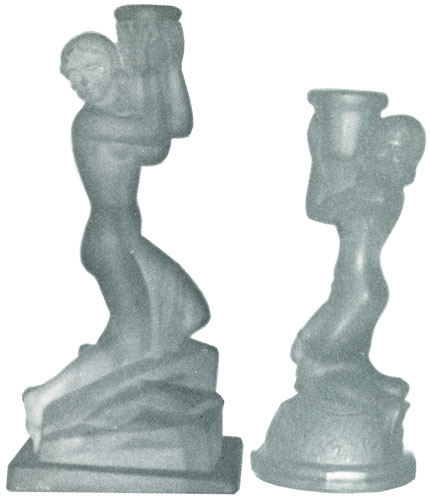
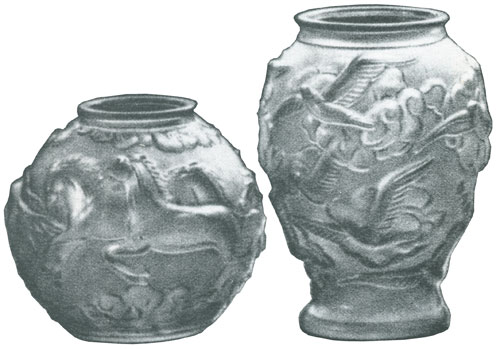
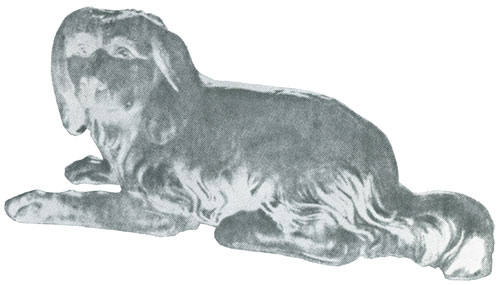
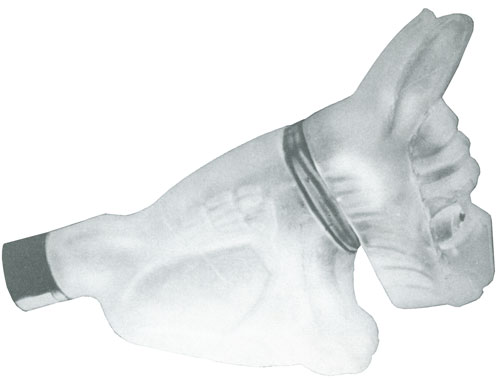
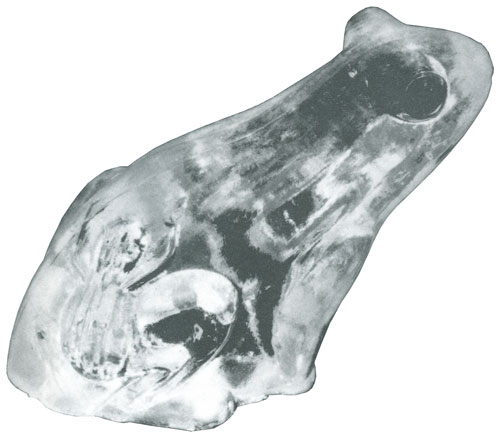
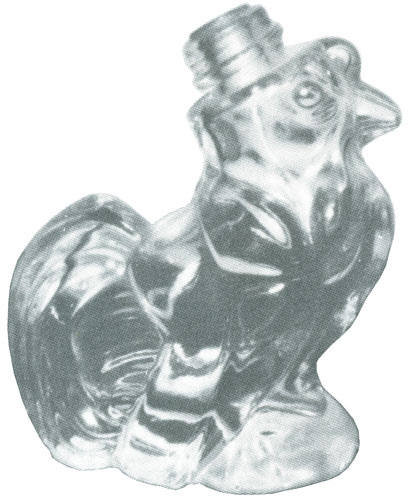
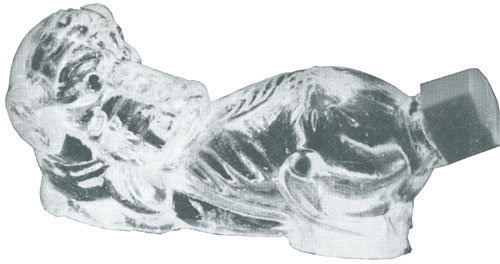
 Little Man in tophat perfume. By William Toogood, England. Circa late 1800's. Hat screws on for stopper. Frosted with coat, tie and tip of shoes painted black. 3½" tall.
Little Man in tophat perfume. By William Toogood, England. Circa late 1800's. Hat screws on for stopper. Frosted with coat, tie and tip of shoes painted black. 3½" tall.
